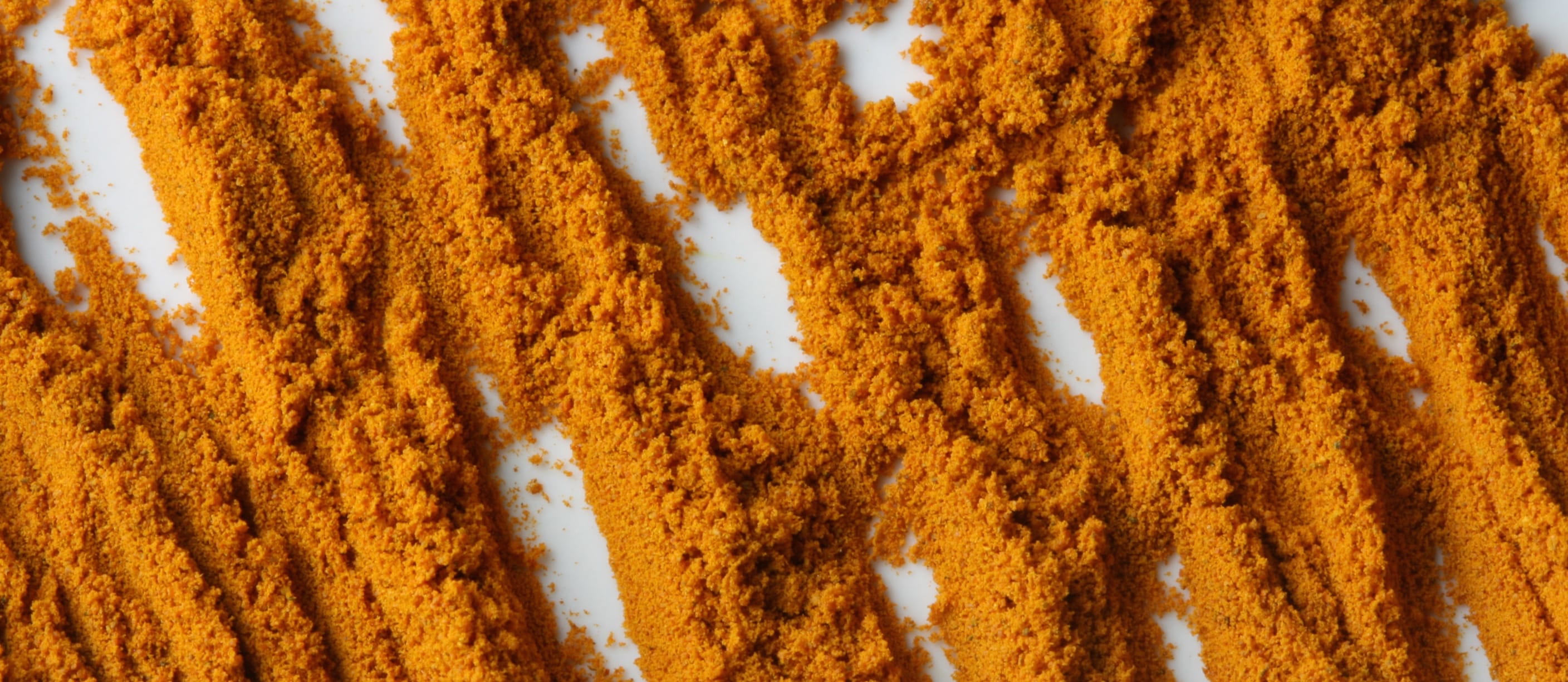It is estimated that the human body consists of ten or so trillion cells. Almost all of these cells get turned over within approximately 100 days. That means we’re like a new person every three months. We reinvent ourselves physically. And since we’re physically made of air, water, and food—those are essentially the only inputs—we are what we eat, literally and physically. In a sense our body has to rebuild itself every three months with the building materials we deliver to it through our stomach. Our mouths are like the access road to the continual construction site of our body. Trucks roll in three times a day. What do we want them to deliver? Some shoddy cheap stuff we scrounged around for or bought at the discount outlets that’s just going to fall apart? Or do we want to build our foundation solid? We are each walking inside the greatest known architectural structures in the universe. Let’s not ruin such grand blueprints by consuming junk.
We only own the biological real estate we’re born with, so if we need to rebuild every three months, we also need a wrecking crew. If we’re replacing ten trillion cells every hundred days, that means we have to kill off about 100 billion cells every day. Out with the old, in with the new. We do that primarily through “apoptosis,” pre-programmed cell death (from the Greek ptosis, meaning “falling”, and apo, “away from”). For example, we all used to have webbed fingers and toes. Literally. Each one of us did in the womb until about four months, when apoptosis kicked in, and the cells in the webbing kill themselves off to separate our fingers.
However, some cells overstay their welcome: cancer cells. They don’t die when they’re supposed to by somehow turning off their suicide genes. What can we do about that? Well, one of the ways the yellow pigment in curry powder kills cancer cells is by reprogramming the self-destruct mechanism back into cancer cells. Let me just run through one of these pathways.
FAS is a so-called death receptor that activates the FAS associated death domain, death receptor five, and death receptor four. The FADD associated death domain then activates caspase-8, which “ignites the death machine,” and kills the cell. (To see the diagram of the pathway, go to my video Turmeric Curcumin Reprogramming Cancer Cell Death). Where does curry powder fit into all this? In cancer cells, curcumin, the pigment in the spice turmeric that makes curry powder yellow, upregulates and activates death receptors (as shown in human kidney cancer cells, skin cancer cells, and nose and throat cancer cells).
Curcumin can also activate the death machine directly (as shown in lung cancer and colon cancer). Caspases are so-called “executioner enzymes,” that when activated, destroy the cancer cell from within by chopping up proteins left and right—kind of like death by a thousand cuts.
And that’s just one pathway. Curcumin can also affect apoptosis in a myriad other ways, affecting a multitude of different types of cancer cells. It also tends to leave normal cells alone for reasons that are not fully understood. Overall, researchers “showed that curcumin can kill a wide variety of tumor cell types through diverse mechanisms. And because curcumin can affect numerous mechanisms of cell death at the same time, it’s possible that cancer cells may not easily develop resistance to curcumin-induced cell death like they do to most chemotherapy.”
For more on turmeric and cancer, check out Back to Our Roots: Curry and Cancer and Carcinogen Blocking Effects of Turmeric.
Other herbs and spices such as garlic and amla have similar selective effects against cancer cell (See #1 Anticancer Vegetable and Some Ayurvedic Medicine Worse than Lead Paint Exposure).
I talk more about this concept of “apoptosis,” programmed cell death in:
- Clonal Deletion Theory of Immunity
- Ex Vivo Cancer Proliferation Bioassay
- Is It the Diet, the Exercise, or Both?
- The Answer to the Pritikin Puzzle
What else can turmeric do? Here’s the videos I have so far (with more on the way!):
- Who Shouldn’t Consume Curcumin or Turmeric?
- Turmeric Curcumin and Rheumatoid Arthritis
- Boosting the Bioavailability of Curcumin
- Spicing Up DNA Protection
- Which Spices Fight Inflammation?
- Turmeric Curcumin and Osteoarthritis
-Michael Greger, M.D.
PS: If you haven’t yet, you can subscribe to my videos for free by clicking here and watch my full 2012 – 2015 presentations Uprooting the Leading Causes of Death, More than an Apple a Day, From Table to Able, and Food as Medicine.
